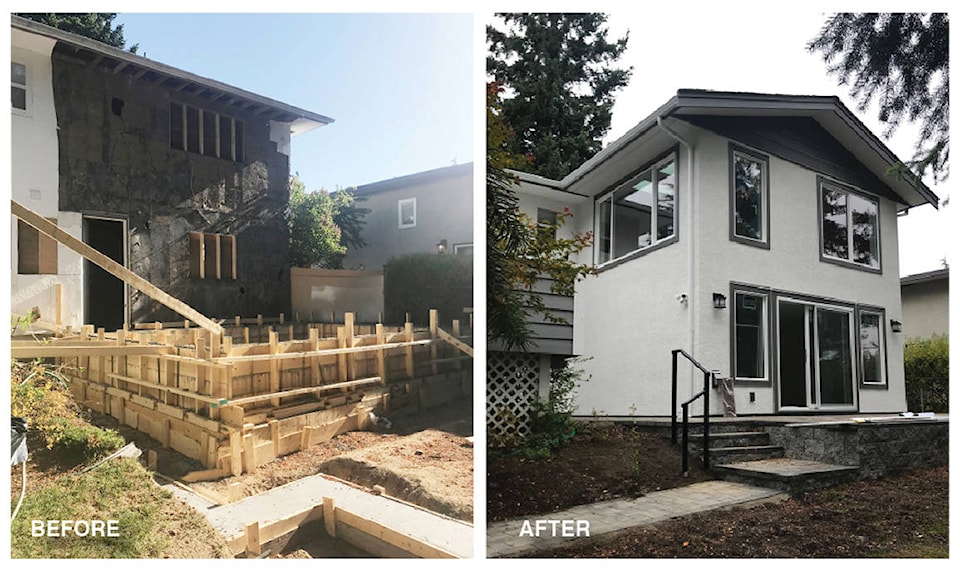The way we use our homes shifts over time – families change, children grow and our needs evolve.
For many families, that shift has quickened over the past year, yet the solution they would have taken in the past – selling and buying new – no longer works in today’s real estate market.
And that means it’s time to renovate. The good news? You get to stay in the community you love while adding the space you need in a way that works best for your family.
Review what works, what doesn’t
Many people who began working from home at the start of the pandemic are now eyeing that as a permanent option. Pair that with a growing family, and the need for space can quickly become a pressing issue.
“In previous years, it might have been time to look for a new address, but with a tight market and soaring prices the option of renovating becomes more attractive,” explains Derek Breen, Project Manager with MAC Renovation.
The practical solution for many homeowners: taking advantage of their existing equity in their home to renovate. More specifically, it’s time for an addition.
“We’re seeing growing families whose need for space is exacerbated by the current work-from-home phenomenon,” Breen says.
“When one door closes, another opens,” he adds. “It’s your chance to make it the way you want it.”
Plan well for a successful renovation
At the same time, “a key point when renovating is that you have to play the cards your home was dealt. If we do it well, it will look like it was built that way,” Breen says.
During planning, “we ask everyone to make a priority list so the spaces they’re adding are clearly conceived.”
In turn, the MAC team will typically provide several versions of the proposed renovation, to provide homeowners a few options to consider and ensure they’re getting the right design for their needs.
It’s also a good time to consider whether the proposed addition might push the home’s heating and cooling system past the tipping point. If so, it might be practical to add an efficient new furnace, ducting or heat pump to accommodate the extra square footage, including, of course, any related rebates that come with those upgrades.
A comprehensive plan will explore issues such as permits – required for any addition – setbacks, rights-of-way and utilities. If the home was built before 1990, a hazardous materials assessment will also identify potential issues such as asbestos that must be factored into the plan.
Reviewing the project with a site walk-through with relevant trades also helps prevent potential surprises, allowing the team to create a schedule that minimizes construction delays.
“Plan slowly and build fast,” Breen says, advising homeowners to discuss the budget early to ensure the scope of the project is realistic, or whether flexibility is needed. “Any project worth doing is worth planning well for.”
Proper planning can also reduce the amount of time homeowners might need to relocate as the new space is added.
At the end of the day, a home addition is more than walls and a roof. It’s integrating an aesthetically suitable, functional space to your existing home in a way that adds value for your family.
Ready to consult the pros about an addition to your home? Visit macreno.com or call
